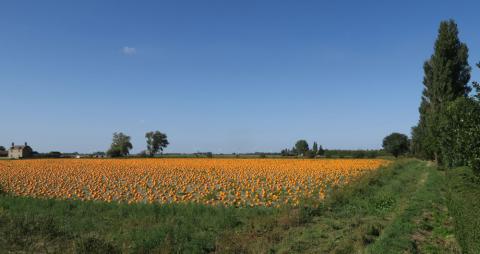Austin Delano | Originally published in GameKeepers: Farming for Wildlife Magazine. To subscribe, click here.
Wildlife managers who are serious about growing bigger and healthier deer understand the importance of having high protein food available during the spring/summer months. The benefits are obvious when you see your deer during the late summer with their full bellies and beautiful, nutrient filled velvet antlers. Even in areas with heavy agricultural production of beneficial crops like soybeans and alfalfa, the late winter/early spring time period can be stressful for your entire deer herd, not just the rut weary bucks. Having a dependable and steady food source during this critical time is a must to make sure worn out bucks as well as does who are now pregnant, can enter the spring in great health and body condition.
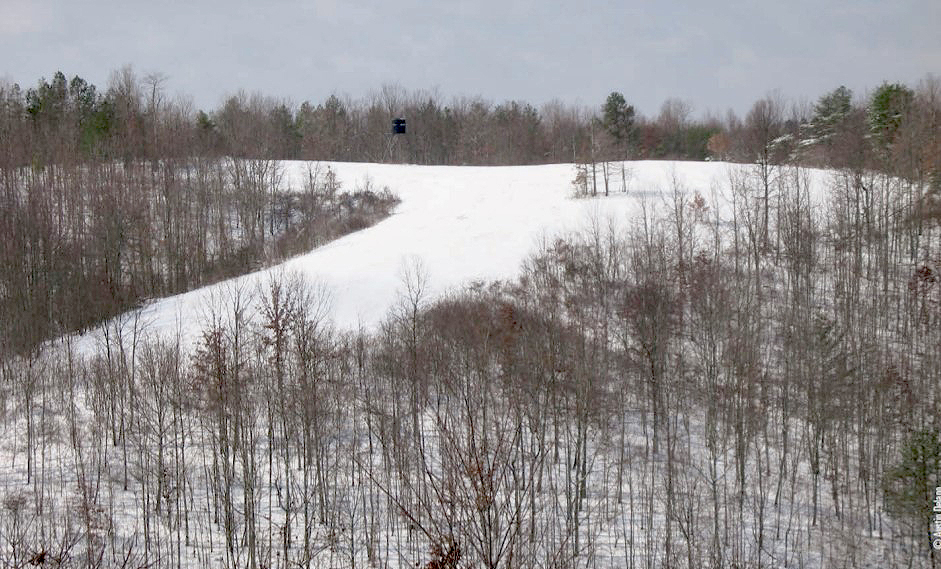
Nutrition Pitfall Solutions
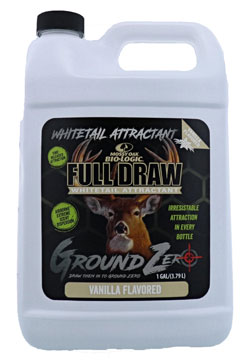 Left on their own, deer don’t consume the appropriate level of minerals and nutrients they need. Planting, minerals, attractants and feeds can supplement their diets with needed nutrition for year-round herd health. Bucks can easily lose 20-25 percent of their body weight from the rut and winter stress. Common sense tells us that a buck that entered the spring in poor physical condition is not likely to express his full potential. The same is true and just as important for your does. Fawns born to mothers who struggled for food through January-March are going to spend time playing catch up. Providing late season food is not all about antlers either, but rather the overall health of the entire herd.
Left on their own, deer don’t consume the appropriate level of minerals and nutrients they need. Planting, minerals, attractants and feeds can supplement their diets with needed nutrition for year-round herd health. Bucks can easily lose 20-25 percent of their body weight from the rut and winter stress. Common sense tells us that a buck that entered the spring in poor physical condition is not likely to express his full potential. The same is true and just as important for your does. Fawns born to mothers who struggled for food through January-March are going to spend time playing catch up. Providing late season food is not all about antlers either, but rather the overall health of the entire herd.
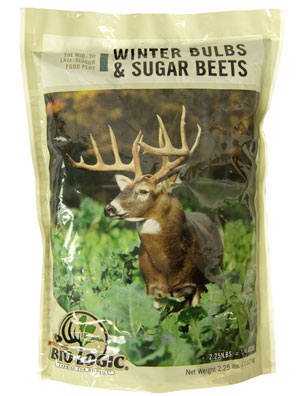 As the winter comes into January and February, most hunting seasons are over or winding down and whitetails are in need of high energy, high carbohydrate food sources. Planting a late season annual such as brassicas can help carry your herd through the tough months. One of the most effective ways to keep deer on a property is to have a “destination feeding field” that is seldom if ever hunted. Brassica blends such as Outfitter's Blend or Winter Bulbs & Sugar Beets, with staggered maturity and palatability dates are ideal for this. After the cereal grains and clover have been browsed down and snowed-over, brassicas are very attractive and highly preferred by deer. Seeing deer dig through heavy snow to reach a plot filled with thick leaved greens and carbohydrate loaded bulbs is a great feeling for gamekeepers.
As the winter comes into January and February, most hunting seasons are over or winding down and whitetails are in need of high energy, high carbohydrate food sources. Planting a late season annual such as brassicas can help carry your herd through the tough months. One of the most effective ways to keep deer on a property is to have a “destination feeding field” that is seldom if ever hunted. Brassica blends such as Outfitter's Blend or Winter Bulbs & Sugar Beets, with staggered maturity and palatability dates are ideal for this. After the cereal grains and clover have been browsed down and snowed-over, brassicas are very attractive and highly preferred by deer. Seeing deer dig through heavy snow to reach a plot filled with thick leaved greens and carbohydrate loaded bulbs is a great feeling for gamekeepers.
Brassicas are a genus of plants containing many cultivars that whitetails love. These include rape, radishes and turnips to name a few. They have the potential to provide a lot of forage in a short growing season and can yield 10-15 tons of forage per acre (or more). Brassicas offer great browse tolerance since they are not usually preferred by deer until cooler weather changes the chemistry of the plant to become more palatable. Many hunters say that after the first or second hard freeze, their brassica plots become the preferred food source, even over corn and beans.
Planting brassicas at the right time of year is critical to get the most out of the plant from a tonnage standpoint, but not planting so early that the plants bolt or get too rank and mature making them less attractive and palatable.
While cereal grains such as wheat and oats are highly attractive to deer, if they are the only plot available on your property there could be a gap in available food late in the season. If your plots are eaten down to almost bare dirt by the end of the season, less deer or more plot acreage is in order…maybe both.
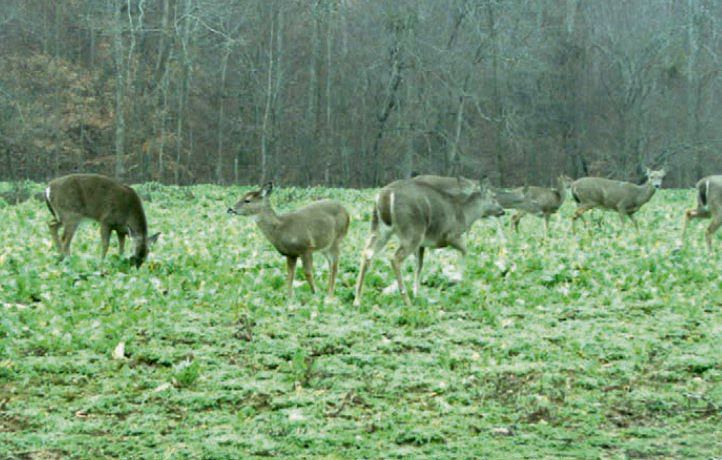
Similar to getting the best potential out of your summer plots for antler growth, overwhelming your deer with late season food pays off big time. A lack of a solid late winter food source could lead some of your deer to stray off your land to the closest neighbor with available groceries. We receive pictures every year of big mature bucks that were killed in a Maximum or Deer Radish field, proving that highly attractive late season food will get bucks on their feet and in the open during daylight hours. Brassicas can be planted on a time table so that they are becoming palatable when your rut rolls around, this could be a great tool in killing that big one you’ve been after for a couple seasons.
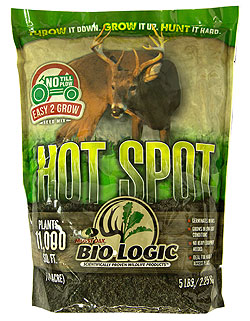 The further north you go in the whitetail’s range, the more crucial a reliable winter food source becomes. With the brutal temperatures and snowfall, it is amazing they find a way to survive every year. In the Upper Midwest and across the north, crops that are tall and can stand above snowfall may be your best bet for supplying late winter food. Standing beans and corn are really hard to beat for this situation. If you have limited food plot acreage, you may need to protect bean and corn plots until this time of year. This is especially true for soybeans in small plots, the forage is so attractive to deer during the spring/summer months, plants are often browsed so hard they don’t produce or yield any, or a very small amount of actual beans for the winter.
The further north you go in the whitetail’s range, the more crucial a reliable winter food source becomes. With the brutal temperatures and snowfall, it is amazing they find a way to survive every year. In the Upper Midwest and across the north, crops that are tall and can stand above snowfall may be your best bet for supplying late winter food. Standing beans and corn are really hard to beat for this situation. If you have limited food plot acreage, you may need to protect bean and corn plots until this time of year. This is especially true for soybeans in small plots, the forage is so attractive to deer during the spring/summer months, plants are often browsed so hard they don’t produce or yield any, or a very small amount of actual beans for the winter.
For managers who have limited tillable ground or are using a farmer’s cash crop for their “food plot,” there is also the option of having greens and grains available in the same plot. During the late summer when corn is beginning to dry and mature and most soybeans are a few weeks away from leaf drop, cool season annuals can be broadcasted into the standing crop. This technique can really make your plots highly effective at providing food for the entire fall and winter.
Augmentation Necessary
Food plots are a great way to help with late winter/early spring nutrition, but there may be situations where your plots didn’t perform or grow a lot of tonnage due to drought, lack of acreage in food plots or a late planting. Supplemental feeding is a great way to compliment and fill any gaps in your food plot program and ensure the availability of quality nutrition during the late winter and early spring.

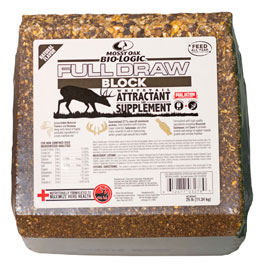 Before we go any further, let’s clarify a few things. To truly supplement a deer herd with feed, the deer must be offered the feed in a free choice fashion, be it through a trough or an extended tube type feeder. Feeding protein pellets through spin-feeders, therefore not making the protein available at all times, is beneficial; however, maximum results come from feeding a quality protein feed made available at all times. When combined with high protein and carbohydrate levels found in late winter/early spring plots, this two-sided approach will ensure bucks regain body condition post-rut in preparation for the next antler growing season.
Before we go any further, let’s clarify a few things. To truly supplement a deer herd with feed, the deer must be offered the feed in a free choice fashion, be it through a trough or an extended tube type feeder. Feeding protein pellets through spin-feeders, therefore not making the protein available at all times, is beneficial; however, maximum results come from feeding a quality protein feed made available at all times. When combined with high protein and carbohydrate levels found in late winter/early spring plots, this two-sided approach will ensure bucks regain body condition post-rut in preparation for the next antler growing season.
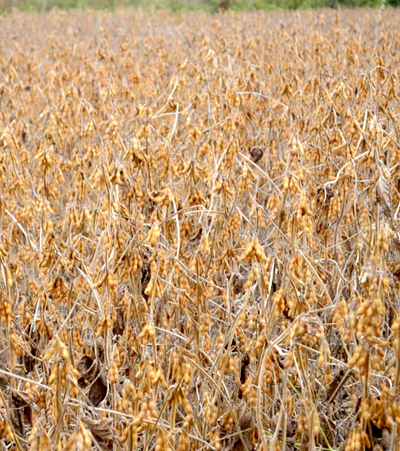
standing soybeans can be a huge asset for herd health
during late winter.
As is the case with many other wildlife management questions, the amount of feed you need to supply depends on a few different variables. Deer density, property location, available native forage and its quality, as well as total acreage in food plots will all play a part in determining how much you will need to feed. A good starting point is to establish a feeding station for every 25 deer on your property. If you are unsure of deer densities in your area contact a local state biologist and he or she will provide you with local survey data that can be used to calculate deer densities on your property. Camera surveys can also help to determine deer density and buck to doe ratio. A good rule of thumb is to have a feeding station for every 80-100 acres of land being managed.
If you are just starting a feeding program on your property, deer will sometimes be reluctant to consume straight protein feed at first – as they are also with food plots with new plants in them. Supplemental feed is a new smell, taste, and texture than anything they have had before and it may take some time to condition your herd to eating from a feeder.
A great way to get deer started on supplemental feed and a feeding station is to start off with feed corn or a BioRock. As the deer begin to frequent the feeder, you can gradually introduce protein pellets at an increased ratio every time you fill the feeder until you are feeding 100 percent pellets.
With the popularity of supplemental feeding with protein pellets increasing, there are many options for wildlife managers. There are deer feeds tailor-made for the manager looking to supplement native habitat and their food plots to support superior antler growth and body condition in deer. BioLogic has several feed options available whether you are the “weekend warrior” trying to improve your herd at the family farm, or managing several thousand acres with numerous feeders. My personal favorite is the Outfitter's Blend with 20 percent protein. I have fed quite a few pallets of it over the years and have seen firsthand the difference in deer with and without supplemental feed.
There are a wide variety of feeders available on the market today. The majority are spin feeders on timers. These can work for properties in drier climates such as Texas, Oklahoma, etc. The downside to these feeders is their small capacity (which means frequent trips to fill up) and some waste, mostly to unwanted critters. In areas with more frequent rainfall and high humidity, I have found free choice trough feeders or bulk gravity flow to be utilized the best by whitetails as well as being the most trouble free.
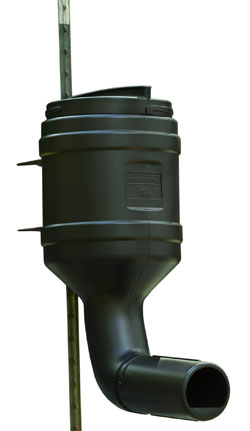
to get deer to utilize supplemental
feed for the stressful months.
Trough feeders can be built in many different ways to suit whatever needs you have specific to your property. I like to build them on 4x6’s on the bottom with one end cut on an angle (like a sled runner) so a chain or strap can be attached and easily moved with an ATV. The bottom of the trough where the feed will actually sit can be constructed from marine grade plywood to resist mildew and mold and be very weather resistant.
Trough feeders should be built with treated lumber so they will stand up to the weather for many years. Second hand metal can be used for the roof to ensure the feed will stay dry and fresh. When building, make sure to build so the roof is high enough so a buck in velvet won’t bump his rack on it.
Many absentee landowners find it advantageous to use the large tube style free choice bulk feeders. They can hold a lot of feed and keep it fresh for extended periods of time. These are generally constructed of heavy duty metal and can hold a couple hundred pounds up to a couple of tons of feed. The gravity flow tubes are harder for unwanted pests like raccoons to get to as well.
GameKeepers who have taken a few extra steps in preparation for the hard times of the post rut and tough, cold winters have seen the benefits that improving body condition can have on antler growth the following year. Keep in mind that supplementation whether through planting plots, supplemental feeding, or a combination of both, are by no means a fix for poor habitat management, herd management or out of control high deer densities. We cannot feed or plant our way out of problems associated with improper herd and habitat management.









